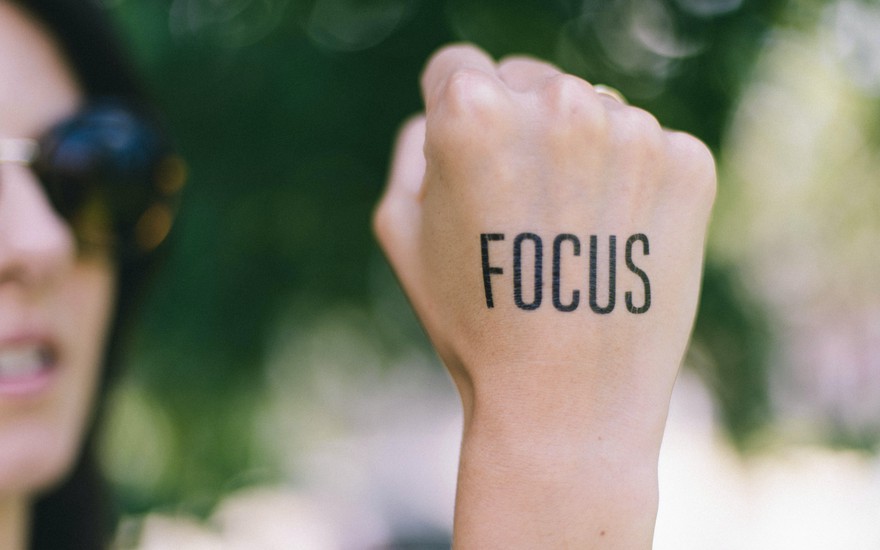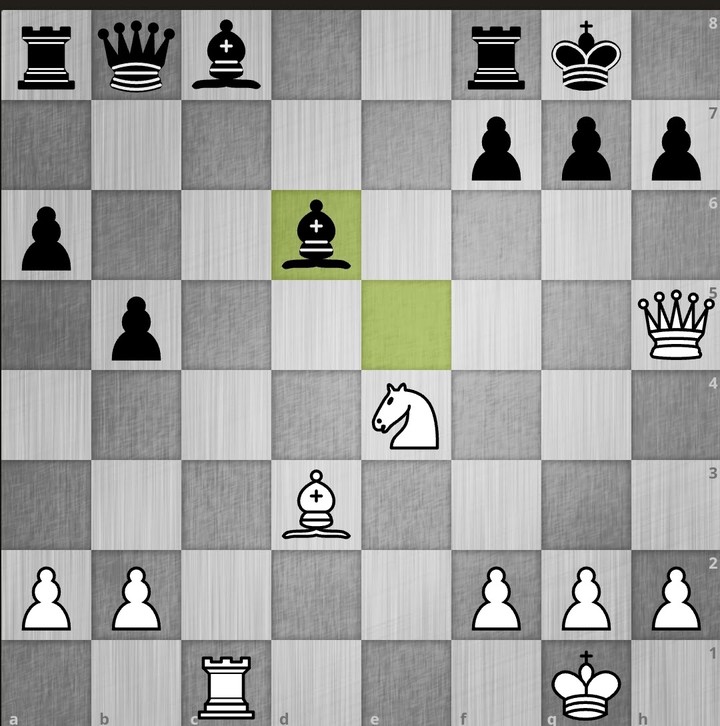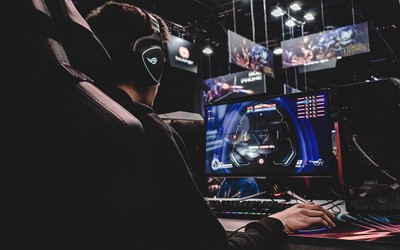
Photo by Chase Clark on Unsplash
Leaning into discomfort
Stop trying to trick yourself into focusing on what is important and address the root cause of distraction.Two positions, two different challenges
Position 1: White to play, and to make it even easier it’s mate in two:
For most chess players, this is in the realm of ‘hot cognition’, aka system 1 thinking. Let's contrast with the following position:
There are obviously attractive candidates for the first move, but the consequences are far-reaching. The analysis needs to be both wide and deep. This is very effortful for most players: the realm of 'cold' cognition, system 2 thinking.
Now which one do you think would get the most likes and attention on social media? The first one of course. We want to mindlessly scroll away. We are stuck in social media ‘shitty flow’: an absorption dominated by a search for entertainment or an update on the latest chess drama. Maybe we save the difficult position for a rainy day, despite knowing full well that growth lies when we tackle position 2 and not position 1.
The prevalent advice about focus
The current bro zeitgeist is ... to punish yourself into focus. Meaning: close your tabs, using tools like BlockSite to block social media and chess sites, cutting off the internet, being in a room with your book, switching off your phone and throwing it at the bottom of the river, tying yourself to a chair, basically flagellate yourself into doing the work that needs doing.
I get it: it somehow works. Have someone lock you in a cell with a chess book and throw away the key. I like the ‘focusmate’ web app: you turn on your webcam, a stranger does the same, and you tell each other what you will be working on in the hour ahead, and then you do it (silently) just silently holding each other accountable.
The problem with the “punish yourself into focus” is the constant treatment of the apparent symptom (I want to open a new tab and browse instead of reading the book) instead of addressing the underlying cause that makes us want to seek distraction in the first place.
Leaning into the discomfort
The solution is straightforward: confront head-on but skillfully, the thoughts and emotions that make you want to reach for your phone or open a new tab instead of training.
If you can do this, then you can sit down and read your chess book if that’s what you have decided to do.
You need to be able to pause, recognise, and handle the impulse to avoid what is perceived as mild discomfort and often actually not that bad once you start doing it.
A short list of typically perceived discomfort:
- Difficult calculation work
- Analysing your classical game, especially if it’s a loss
- Going to the gym or going for a run
We will go to great lengths to avoid activities, maybe we tell ourselves that these are difficult (well yes, growth lies beyond the easy stuff) or we want to protect our ego from possible failure. This is the typical case for procrastination: if I don’t do it, or if I sabotage my training time, then I haven’t given it my all, and therefore it’s normal that I don’t progress. Procrastination is the excuse before the test, which is a parachute for the ego.
I don’t ever see people going out of the gym and regretting their workouts. Likewise, once you’re in a deep calculation exercise it is easy to get caught in the interesting nuances and richness of a position. The things we view as very uncomfortable (postponing calling someone or filling up a tax form) are often a lot easier to do than expected. This is a large asymmetry between the perceived annoyance and the actual level of annoyance of a task, yet we are constantly tricked.
We would like to:
- Become more skilful at recognising an emotion
- Let go of that emotion
- Get on with your intent
The river visualisation practice
This is a simple practice that is very helpful. Set a five-minute timer.
- Sit in a quiet room and take a relaxing breath: inhale to the count of one and exhale to the count of one, two, three. Repeat three times. Then, spend two minutes counting your breath to five, restarting from one every time. The goal of this step is to bring a level of calm and collectedness.
- Imagine that you are sitting on a bench in front of a flowing river. You can pick a river you know and like, or make up an imaginary one. Don’t hesitate to vividly visualise the details of the bench, the sky, and the river.
- Now, as you are in front of this river, imagine that a lot of leaves are floating on the water. You observe the leaves. Now as a thought pops up (and don’t worry, at some point you will get distracted, starting to think about the Benoni or your shopping list) you imagine that this thought is a leaf on that river, flowing by. You let the thought flow away, without any negative or positive emotion.
Do this practice once a day for a week. This will be the seed of skilful recognition of thoughts.
Now, as you sit down to study, if you feel yourself reaching for your phone or wanting to distract yourself with browsing, take that thought and let it flow away on your river.
Putting everything together
We don’t need to punish ourselves. There are many reasons why we crave a distraction instead of a perceived difficult task. Trying to trick yourself into focus has limits and is a band-aid on a broken leg. I suggest doing a simple meditation visualisation practice where we learn to recognize and let go of thoughts. Train with this practice for a little bit, and then use the imagery as needed when you are faced with feelings of discomfort, in particular as you need to start a difficult practice session.
Try it now! Do the river practice for five minutes, use it to let go of any discomfort ahead of a complex and difficult task, then take a pen and paper look at position two and dive into it, using your river if you are distracted.
More blog posts by BenjiPortheault

Tournament Formats in Professional Chess
Getting the conversation started on the drawbacks of ubiquitous formats
The xG of Chess: Shark Points
A metric to quantify missed chances
Teach yourself to be a Resilient Tournament Player
A practical guide to boost your tournament results. Grab a pen and paper.
